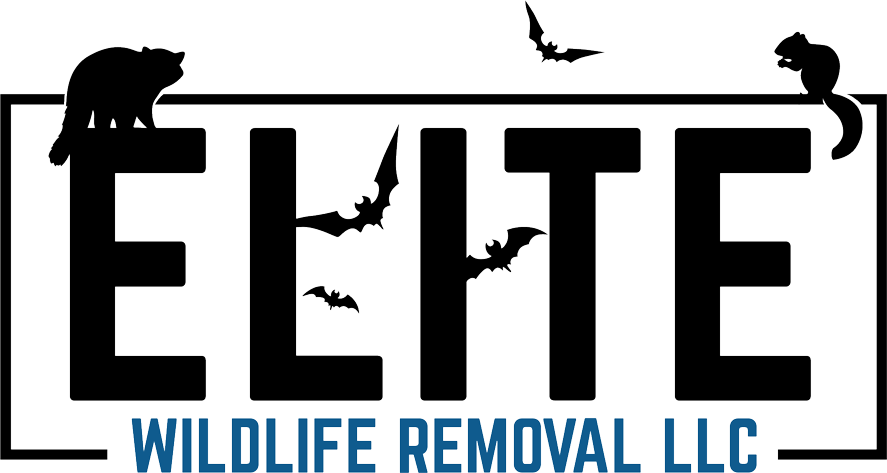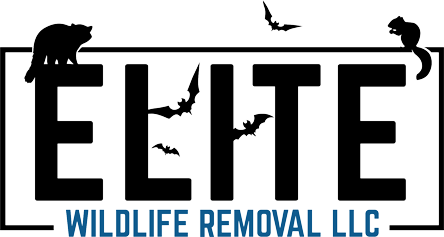Beaver Removal And Control
Beaver Removal And Control
Beavers are often admired for their industrious nature, but when they take up residence near homes, farms, or commercial properties, they can cause significant damage. These animals are known for their ability to create dams that alter waterways, flood land, and impact ecosystems. While their engineering skills are impressive, the consequences can be costly. Blocked culverts, flooded fields, weakened roadways, and damaged trees are just a few of the problems that these critters can cause. Left unchecked, their presence can lead to long-term environmental changes that are difficult and expensive to reverse.
We understand that dealing with beaver-related issues requires a balance of effective removal techniques and responsible environmental stewardship. These creatures play an important role in nature, but when their activities start threatening property or local ecosystems, professional intervention becomes necessary. Our team specializes in humane and efficient beaver removal strategies designed to address current infestations while preventing future problems.
The Impact Of Beavers On Your Property
One of the most significant concerns with beaver activity is the flooding they can cause. By constructing dams in streams, drainage ditches, or even man-made irrigation systems, these industrious animals dramatically alter water flow, leading to unintended ponds and wetlands that can encroach on homes, roads, and agricultural land. As water levels rise, properties can suffer from costly damage, and farmland may become unusable due to waterlogged soil. The flooding caused by beaver dams can also impact infrastructure, eroding roads and weakening bridges, making them unsafe for travel. Additionally, stagnant water creates the perfect breeding ground for mosquitoes and other pests, further compounding the issues that beaver activity brings.
Beyond flooding, beavers have a relentless appetite for wood, which can lead to the destruction of entire groves of trees. Their constant gnawing strips bark, weakens trunks, and topples trees, affecting both residential and commercial landscaping. Parks and conservation areas can also suffer from beaver-related destruction, as their feeding and dam-building activities alter the natural landscape. The tunnels and dens they dig along riverbanks and embankments weaken the ground, creating an increased risk of collapses and sinkholes. If not addressed promptly, beaver activity can disrupt entire ecosystems and lead to thousands of dollars in damage.
Our Humane Removal Process
We prioritize humane, effective, and long-term solutions to beaver problems. Our process begins with a comprehensive site assessment to determine the scope of the issue. By analyzing water levels, tree damage, and beaver activity patterns, we create a customized plan for removal and prevention.
Removal is one of the primary methods we use, where we make sure the creatures are gone without causing harm to the animals or the habitats. In cases where removal alone isn't enough, we implement exclusion techniques to discourage beavers from returning. This may involve installing flow devices in dammed waterways to regulate water levels or reinforcing vulnerable areas with specialized barriers.
We also provide dam removal and mitigation services to restore affected areas to their natural state. By carefully dismantling dams and implementing erosion control measures, we help prevent further flooding and environmental damage. Our goal is to provide lasting solutions that benefit both property owners and the surrounding ecosystem.
Preventing Future Infestations
Beaver removal is only the first step in fully addressing the issue—long-term prevention is critical to keeping your property protected from recurring damage. Our professional team removes existing populations but also provide expert strategies to deter them from returning. Our team specializes in habitat modifications that discourage wildlife activity, such as installing fencing, implementing tree protection measures, and managing water flow to make your property less appealing to these industrious animals. By proactively addressing the factors that attract beavers, we help ensure that your land remains secure over time.
For properties near lakes, rivers, or streams, protective measures like wire mesh barriers around trees and reinforced landscaping can prevent problem wildlife from causing further destruction. Reducing available food sources, such as certain types of vegetation, can also make your property less inviting. If your land has a history of beaver activity, we assess the risks and create a tailored exclusion plan. Our comprehensive approach combines removal, deterrents, and strategic modifications to provide lasting results for homeowners and businesses alike.
If beavers are causing damage to your property, don’t wait for the problem to escalate. We have the expertise, tools, and humane strategies to handle infestations efficiently and responsibly. Whether you need immediate removal services or long-term prevention solutions, our team is here to help.
Protect your land, water systems, and infrastructure by contacting us today. Our trained professionals are ready to assess your situation and provide the best course of action to safeguard your property. Contact Elite Wildlife Removal now to schedule a consultation and reclaim your space from unwanted beaver activity.
Frequently Asked Questions About Beavers
Q1. Why do beavers build dams, and how do they impact the environment?
A1. Beavers build dams to create deep, still water that provides them with protection from predators and a stable habitat for their lodges. These dams can transform landscapes by creating wetlands, which can benefit local ecosystems by supporting diverse plant and animal life. However, when beaver activity occurs near homes, farms, or infrastructure, the impact is often destructive. Their dams can lead to flooding, washed-out roads, and property damage by redirecting waterways. Additionally, stagnant water behind a beaver dam can increase mosquito populations and create complications for drainage systems. While beavers play a vital role in nature, their presence in the wrong location can cause costly problems for landowners.
Q2. How can I tell if beavers are causing damage on my property?
A2. The most obvious signs of beaver activity include gnawed tree trunks, felled trees, and the construction of dams in streams, ponds, or drainage ditches. If you notice rising water levels, unexpected flooding, or erosion near water sources on your property, beavers may be responsible. Their lodges, which are built from sticks and mud, are another telltale sign of their presence. Beavers are nocturnal, so while you may not see them during the day, their work is often highly visible. If left unchecked, their continued activity can result in widespread landscape changes, leading to structural issues and long-term environmental concerns.
Q3. What are the best ways to remove beavers without harming them?
A3. Humane beaver removal involves a combination of techniques to prevent them from returning. Professional wildlife removal experts use many different strategies to handle a beaver infestation without causing damage to property or the creatures themselves. Exclusion methods, such as installing flow devices to regulate water levels in dammed areas, can discourage beavers from returning while minimizing the impact on the surrounding environment. Fencing, tree guards, and habitat modifications can also make a property less attractive to beavers. We specialize in humane beaver control strategies that protect both your property and the natural balance of the ecosystem.
All Rights Reserved | Elite Wildlife Removal


